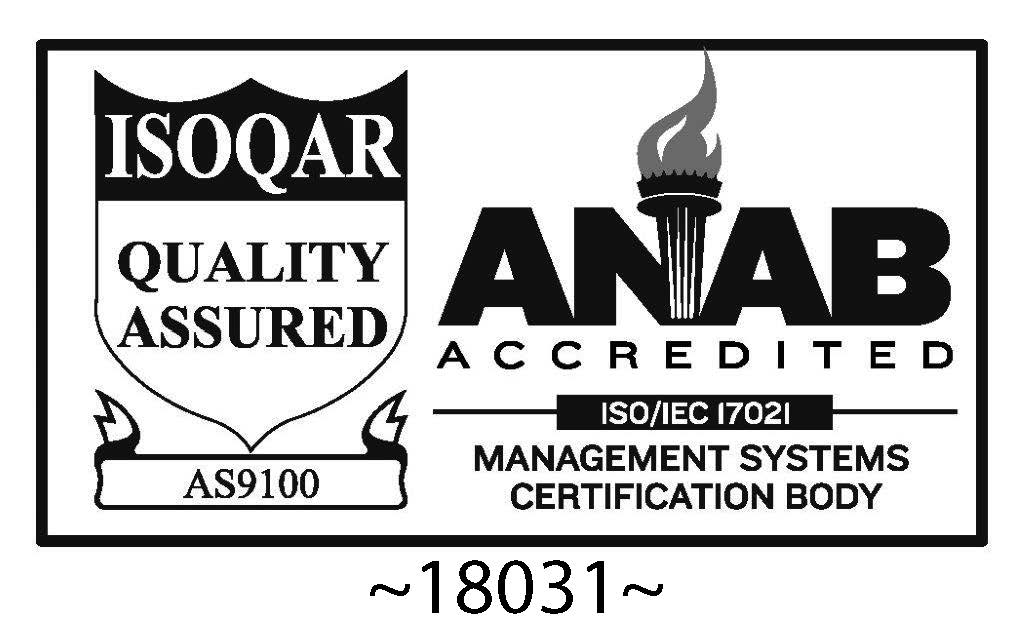Powder Coating Services
Powder coating is a finishing process widely used with appliances, medical equipment, heavy machinery and earthmoving equipment, office and industrial furnishings, and more. It adds a durable, protective layer that is thicker, more even, and longer lasting than paint. Because it is available in a range of colors and textures, powder coating adds to the aesthetics as well as the functionality of a component.
H&S Manufacturing is a full-service, custom manufacturer specializing in precision sheet metal fabrication, machining, mechanical and electro-mechanical assembly, and testing. Our experienced staff works with customers in the aerospace, automotive, military, government, medical, and other industries.
Learn more about our powder coating process, its advantages, and the many materials that are suitable for powder coating.
What Is Powder Coating?
Powder coating uses a dry, free-flowing blend of polymer resin (usually thermoset), pigments, and other additives that promote curing and material flow. The materials are mixed and ground into a fine powder that is applied to components through electrostatic spray deposition, or ESD.
The result is a uniform coating that is cured with heat in a specialized oven. Unlike paint, which is applied wet and can result in irregularities, drips, or runoff markings as it dries, powder coatings are applied dry and avoid these problems. Powder coatings are also highly durable, emit few to no volatile organic compounds (VOCs), and can be reused by gathering excess powder back into the sprayer for subsequent batches of parts.
How Does Powder Coating Work?
The powder coating process involves these steps:
- Blasting: Surface contaminants and debris like laser scale, rust, corrosion, previously applied finishes, and other inorganic materials are removed by sandblasting the parts.
- Pretreatment: This involves several steps including removing residues and contaminants with alkaline cleaner, applying iron phosphate to promote adhesion, rinsing with water, and applying a corrosion-resistant sealant.
- Primer: A layer of primer helps the coating last longer and resist damage, especially for aluminum and steel substrates.
- Masking: Areas of a part that should not be powder coated are blocked off so the powder spray cannot reach them. Depending on the component being coated, masking is accomplished with plastic caps on the ends of screws, rods, or tubes, or with tape applied to flat surfaces or edges.
- Coating: The cleaned and prepped components to be coated are grounded. The dry powder is placed in a spray gun fitted with an electrode, which electrostatically charges it. The charged powder is sprayed onto the grounded part and sticks tightly. Some powder coating processes may instead involve dipping the parts into a container of powder.
- Curing: A special oven heats parts to approximately 325-450°F to melt the coating. The polymer-based powder is held in place by the electrostatic charge, and melts to form a dense network of long, cross-linked polymer chains solidified on the part. Once cooled, the part is ready for assembly, packaging, or other end uses.
What are the Benefits of Powder Coating?
Powder coating offers numerous advantages for parts, including:
- Durability: Parts have improved resistance to wear, chipping, and scratching, especially in outdoor and harsh environments.
- Corrosion resistance: Polymer-based powder coating forms a solid layer on the part, increasing its protection against corrosion.
- Longer service life: Powder coated components like panels, equipment, and appliance enclosures, resist wear and tear and remain usable longer than without coating.
- Speed: Unlike paint, powder coating does not require time to air dry or apply additional coats. Heat curing and cooling are relatively quick, making powder coating an efficient option for large-volume finishing projects.
- Eco-friendliness: The powder contains no solvents, and low to no VOCs. Excess powder can be reused, so there is little waste.
What Materials Can Be Powder Coated?
Materials that are suitable for powder coating include those that will not melt at high temperatures, like:
- Aluminum
- Steel and stainless steel
- Copper, brass, and other metals
- Some plastics and composite materials
- Medium-density fiberboard (MDF) and some types of wood (with low-temperature and UV-cured powders)
Powder Coating from H&S Manufacturing Co.
At H&S Manufacturing, we provide expert powder coating for parts and components to meet your requirements. We also offer custom sheet metal fabrication, machining, laser cutting, form-in-place gaskets, box building, assembly, and finishing services. Since 1968, we have been committed to the highest quality work and customer satisfaction.
Contact us today for more information about powder coating and other services, or to request a quote.

 Email Us
Email Us






